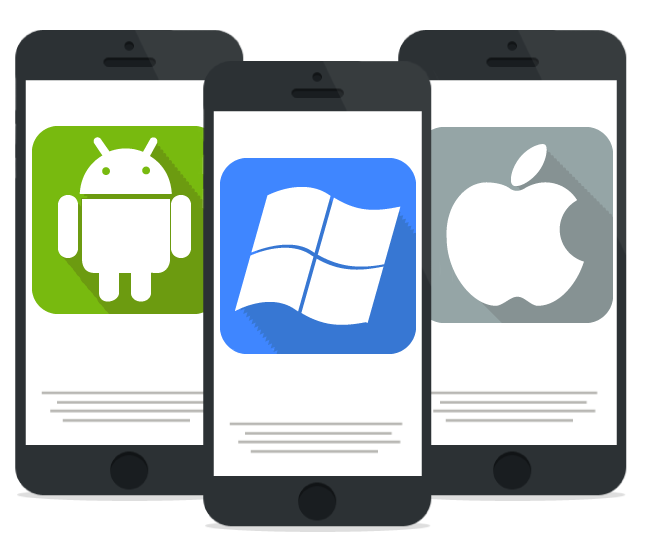


That 1% that is not available in Objective-C to Swift is NSInvocation and NSMethodSignature. There is also a focus from Apple, as well as everyone in the community, on making Objective-C APIs have Swift-y names, better type safety, and overall, just go and rewrite everything with grunt-rename into Swift 3. That means that 99% of APIs written in Objective-C are already imported into Swift and available for you. Turns out that bridging Objective-C to Swift just works. So first, let’s start with Objective-C to Swift. How to make both mix and match together and what are the pitfalls of using them together in one code base.(You don’t really wanna do it, but if you want to) How to bridge Swift back to Objective-C.

How to bridge Objective-C to Swift: what are the tools, what Swift 3 adds to it.Today I’m going to talk to you about three things. If you imagine that one bridge is Objective-C, and the other one is Swift, your job is to plug both those bridges together, so they fit and work nicely. Interoperability is actually a very tricky word, but what it means is bridges. Working and leading Apple platforms SDKs at Parse and Open-Source at Facebook, including the first Facebook contribution to Swift - BoltsSwift, as well as the SDK and the realtime client for Parse, KVOController, and the pop animation library, this talk takes examples from all of the work mentioned above. In this Altconf talk, Nikita Lutsenko dives deep into how you can build apps and frameworks using both Objective-C and Swift at the same time, the current limitations and benefits of this approach, and what is coming in Swift 3.0.


 0 kommentar(er)
0 kommentar(er)
